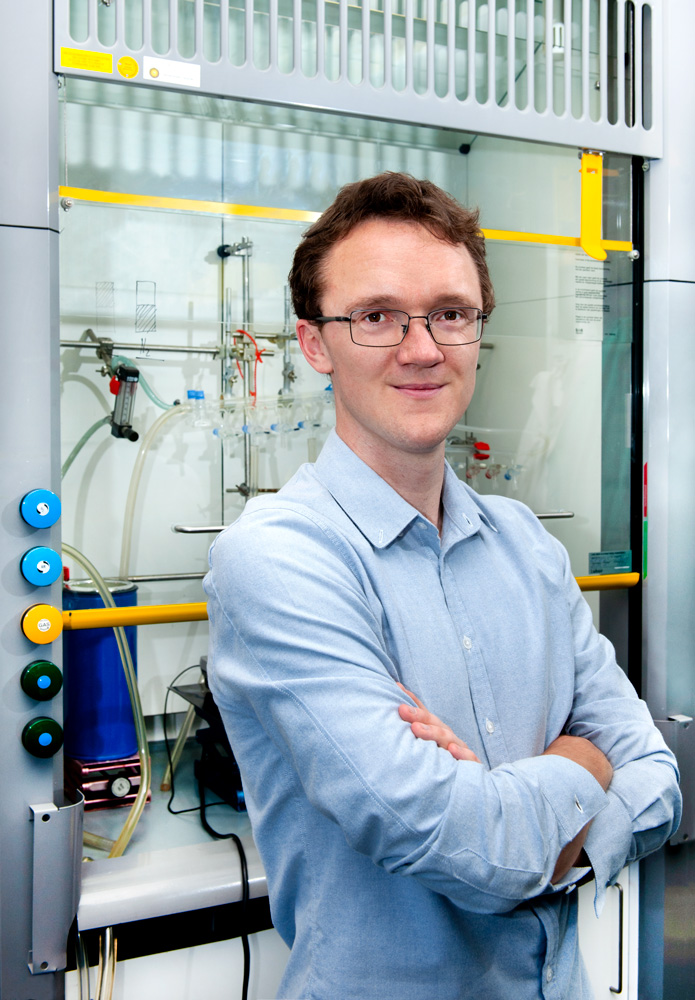The Royal Netherlands Academy of Arts and Sciences has awarded the Heineken Young Scientists Award in the Natural Sciences 2020 to Freddy Rabouw, a physicist/chemist at Utrecht University. Rabouw is receiving the prize for his research on new materials to generate light, for example for solar cells or display screens.
The jury describes Freddy Rabouw as a highly productive researcher who is already an internationally respected authority in his field. He is an inspiration for the master’s degree and PhD students in his group and a gifted instructor, who has already received a prize from his students for his teaching.
Research on materials for light
Rabouw investigates new materials to generate light, for example for solar cells or display screens. The materials he studies are mainly nanocrystals of only a few thousand atoms in size. What he is attempting to understand is how such a nanocrystal can efficiently convert one colour of light into another. This is fundamental research, but with various applications. For example, semiconductor nanocrystals, also known as “quantum dots”, are used in the latest generation of televisions. The challenge, for example, is to narrow down the colour spectrum of the light that is emitted so that the television can display more highly saturated colours, which then appear clearer and brighter. It is difficult, however, to narrow down the colour spectrum if the various nanocrystals are only very slightly different and therefore all emit a slightly different colour light. Dr Rabouw is attempting to identify such differences in properties between nanocrystals, and thus understand what causes these differences.
His work may also have applications in the search for sustainable energy solutions. A certain type of nanocrystal is based, for example, on rare-earth metals, making possible highly exceptional colour conversions. Some can absorb infrared light and then emit visible light. This is exceptional, because infrared light contains less energy per photon than visible light. This property is very useful in the case of solar cells because sunlight contains a large amount of infrared light, which solar cells cannot use to generate electricity. By first using nanocrystals to convert the infrared light into visible light, the solar cell can generate more electricity.
About the laureate
Freddy Rabouw studied chemistry at Utrecht University, receiving his master’s degree (on Nanomaterials: Chemistry & Physics) cum laude. He also gained his PhD in Utrecht cum laude for his research on nanomaterials, after which he spent two years at ETH Zurich with the aid of a Rubicon grant from the Dutch Research Council (NWO). He returned to Utrecht University as an assistant professor in 2017.
Rabouw has received a number of awards and grants for his work, for example a VENI grant from NWO in 2017 and in 2019 an NWO “KLEIN” fundamental research grant (ENW-KLEIN).
Video
Freddy Rabouw
